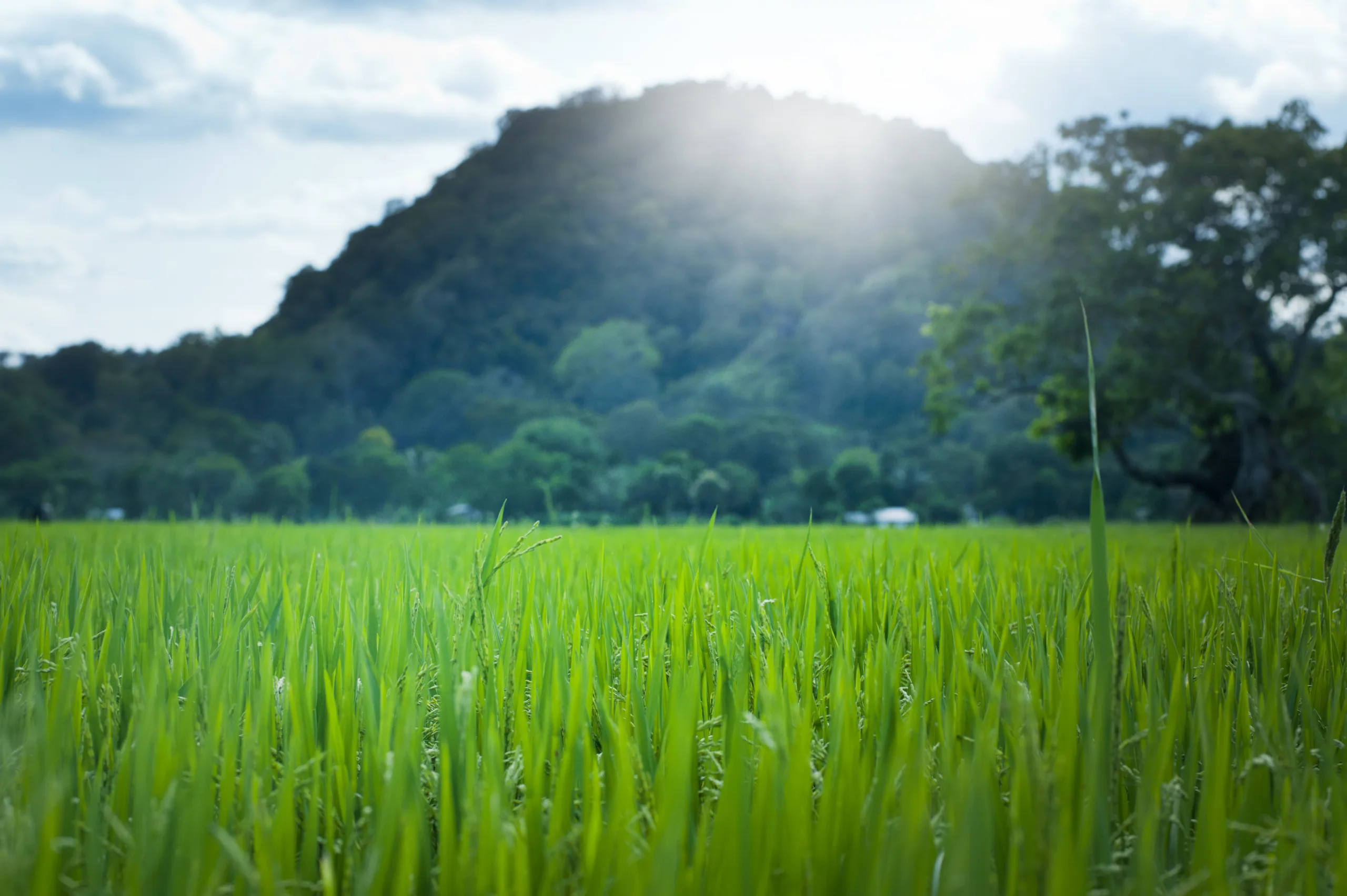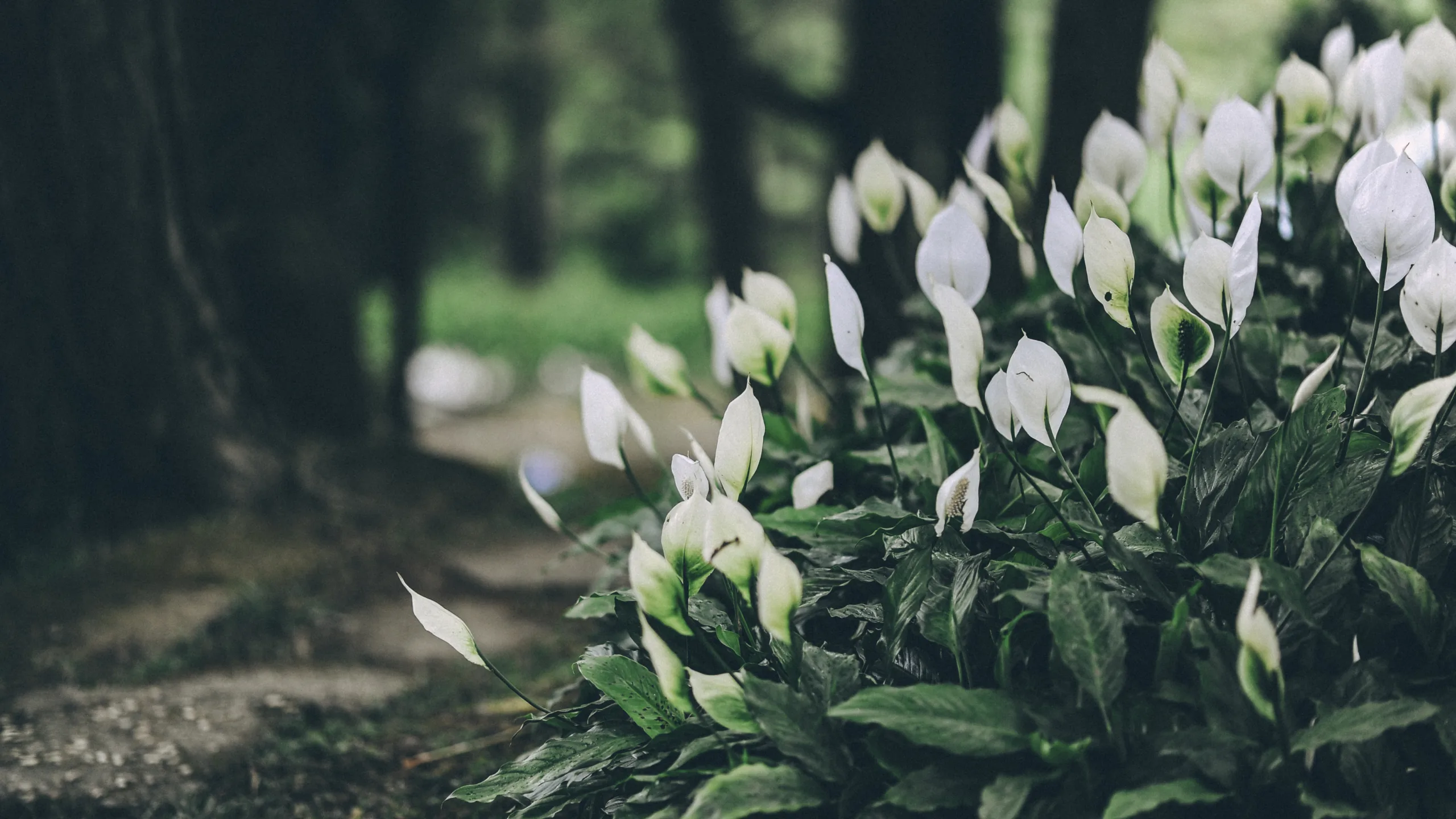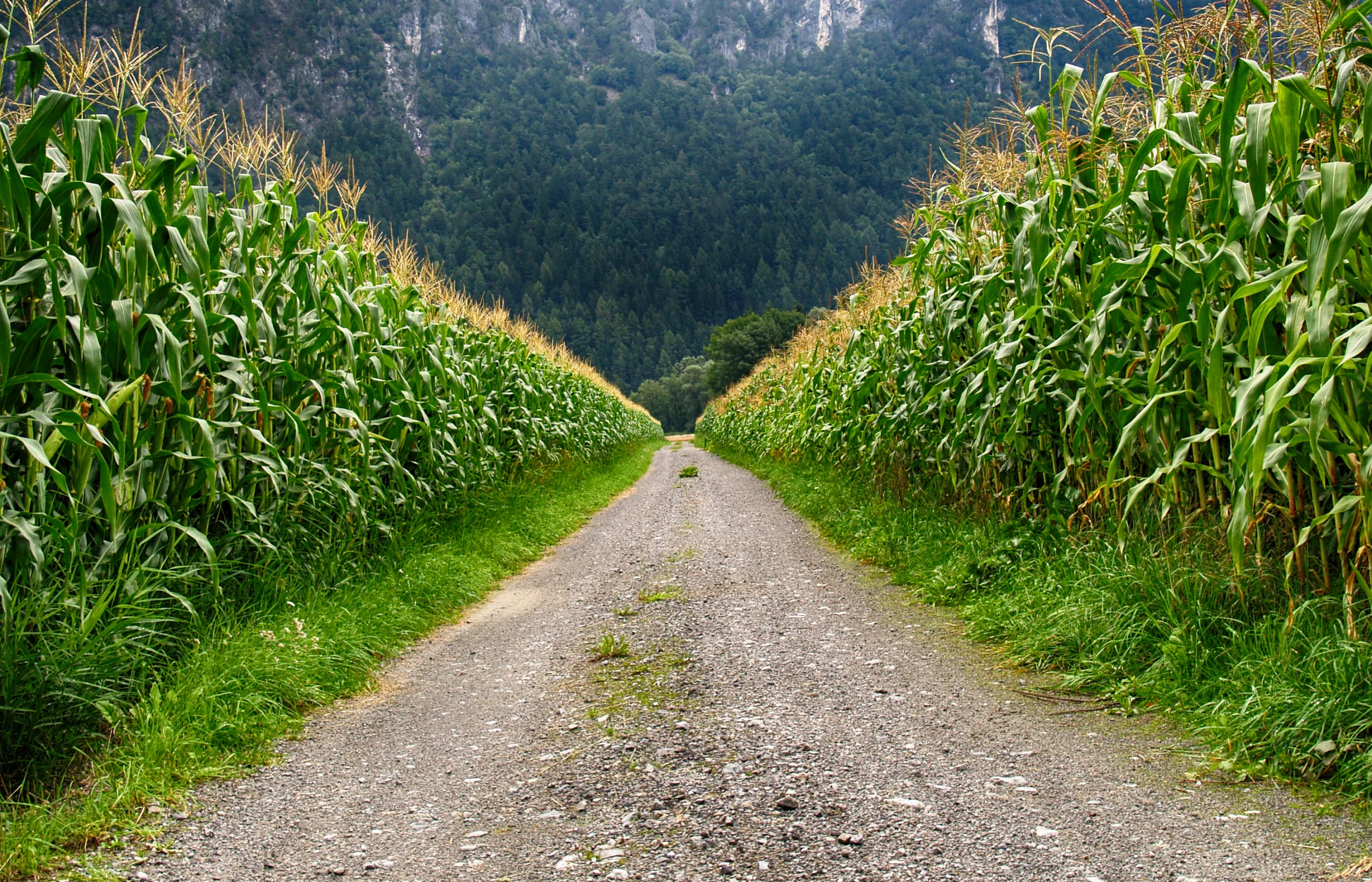Do you have a septic system in your yard and want to plant trees nearby? Whether you’re looking to add some greenery to your property or are thinking of the environmental benefits of planting trees, it’s important to understand the implications of planting trees on a septic drain field. In this article, we’ll explore the potential risks and benefits of planting trees in a septic drain field, so you can decide whether it’s a good idea for your property.
One of the main reasons not to plant trees in a septic drain field is because the roots from the tree can interfere with the drainage system and cause damage to the leach lines. The roots of trees can also clog up the system, and eventually lead to blockages and other problems. Furthermore, if trees are planted too close to the septic drain field, their roots may spread into it and cause further damage.
Location
When deciding whether to plant trees in a septic drain field, one of the most important factors to consider is the location of the trees. Trees should never be planted directly over a septic system, as their roots can interfere with the underground pipes and cause problems. Additionally, planting too close to a drain field can also cause problems as roots may grow into the drainage pipes and block them. It is best to plant trees at least six feet away from any part of the septic system, including the drain field. Trees should also be planted away from areas where flooding or standing water is common, as this could lead to root damage.
Variety
The type of tree chosen for planting near a septic drain field is also important. Avoid species with invasive root systems such as willow or poplar trees, as they can cause significant damage to underground pipes and drainage systems. Instead, opt for hardwood trees such as oaks, maples, or elms which have deep but non-invasive root systems that typically do not interfere with underground piping. Additionally, some evergreen varieties like spruce or fir may be suitable depending on local climate conditions.
Size
The size of tree selected is also an important factor when considering planting near a septic drain field. Smaller trees are generally preferable so that their root system does not become too large and cause damage to underground pipes or drains. Planting larger trees may be possible in some cases if they are kept at a distance from any part of the septic system and if their roots are regularly monitored and pruned if necessary.
Maintenance
Proper maintenance is key when planting trees near a septic drain field. Regularly inspect the area around the tree for any signs of damage or interference with underground pipes or drains. Trim back overgrown roots that may be getting too close to any part of the septic system and keep an eye on soil moisture levels so that waterlogging does not occur near any part of the system either.
By taking these factors into account when choosing where and what kind of tree to plant near a septic drain field, it should be possible to maintain both healthy trees and an effective functioning drainage system.
What are the Risks of Planting Trees in a Septic Drain Field?
Planting trees in a septic drain field can be risky, as trees require a great deal of water and could potentially interfere with the absorption of wastewater by the septic system. Trees with deep roots can also damage underground pipes, or cause them to become blocked. In addition, planting trees in a septic drain field can increase the risk of soil erosion and flooding. The roots from large, mature trees can also disturb the soil structure, increasing the risk of subsidence. Finally, some types of tree roots have been known to grow into and block drainage systems, which is why it is important to think carefully before planting any type of tree near a septic drain field.
When choosing trees for planting near a septic drain field, it is important to consider their root systems and water needs. It is best to avoid large trees that have deep root systems or require more water than other species as they could potentially interfere with proper drainage and absorption. Smaller trees with shallow root systems are generally better suited for this purpose. When planting any type of tree near a septic drain field, it is important to make sure that they are planted at least three feet away from any pipes or underground tanks in order to reduce the risk of damage or blockage.
What Type Of Trees Are Recommended For Planting Near A Septic Drain Field?
Planting trees near a septic drain field can be beneficial in many ways, but it is important to choose the right type of tree. Trees that have shallow root systems are recommended for planting near a septic drain field. These types of trees can help absorb excess moisture and prevent soil erosion. Additionally, they can provide shade which helps to keep the area cool and reduce evaporation from the drain field.
The best types of trees to plant near a septic drain field are those with shallow root systems such as willow, elm, and poplar trees. These species are known for their deep-rooted systems which help to keep them upright during storms and protect the system from damage due to heavy rains. Additionally, these species are known for their broad canopy which provides shade and helps prevent waterlogging in the soil.
It is also important to consider the size of the tree when selecting one for planting near a septic drain field. Smaller trees such as dogwood and redbud are ideal choices because their roots will not interfere with underground pipes or damage nearby structures. Larger trees such as maple and oak may be too large for smaller yards or areas with limited space.
Finally, it is important to make sure that any tree planted near a septic drain field receives adequate amounts of sunlight each day. Trees need sunlight in order to thrive so it’s important to select an area where they will receive at least six hours of direct sunlight each day. Additionally, it’s important to consider how close any plants or shrubs are located in relation to the drain field so they do not interfere with its function.
Overall, when selecting a tree for planting near a septic drain field it’s important to research different species that have shallow root systems such as willow, elm, and poplar trees. Additionally, consider the size of the tree so that it does not interfere with any underground pipes or nearby structures. Finally, make sure that any plants or shrubs located in relation to the drain field receive adequate amounts of sunlight each day as this will help ensure their health and longevity.
How Close Can You Plant Trees To A Septic Drain Field?
The location of a septic drain field is an important consideration when planting trees. While trees can help to provide shade and beauty to a property, they can also disrupt a septic system if planted too close. Generally, it is recommended that trees are kept at least 10 feet away from the drain field in order to prevent root systems from growing into and damaging the system.
It is important to note that this distance can vary depending on the type of tree being planted and its size at maturity. For instance, larger trees such as oak trees or maples should be planted at least 25 feet from the drain field, while smaller trees such as dogwoods or crab apples should be planted at least 10 feet away. Trees with shallow root systems should also be kept far away from the drain field, as their roots may spread out farther than other types of trees.
It is also important to consider the direction in which the tree roots may grow when selecting an appropriate location for planting. For example, if a tree is planted directly above the drain field, its roots may grow down and infiltrate the system. Placing trees on either side of the drain field instead will help ensure that their root systems do not interfere with it.
Another thing to consider is that some types of soil are more conducive to root growth than others. Sandy soils are more porous and allow for greater water absorption and deeper root growth than clay soils. If a tree is planted in soil that allows for deeper root growth, it may be necessary to keep it further away from the septic system than if it were planted in clay soil which does not allow for deep roots systems due to lack of water absorption.
In conclusion, when planting trees near a septic drain field, it is important to take into account both the type and size of tree being planted and its potential root depth as well as what type of soil it will be grown in before making a decision on how close it can be placed to the system. Keeping trees at least 10 feet from the drain field will help ensure that their roots do not cause any damage or disruption to your septic system.

Planting Trees Near a Septic Drain Field
When planting trees near a septic drain field, there are several conditions that must be met in order to ensure the tree’s health and the proper functioning of the system. Firstly, it is important to select trees with shallow root systems that will not interfere with the drain field or absorb excessive amounts of water from it. Trees with roots that penetrate deep into the soil, such as oaks and maples, should be avoided. Additionally, trees should be planted at least ten feet from the drain field to avoid any root damage.
When planting trees near a septic drain field, care should also be taken to make sure that the trees are not too large for the space available. Large trees can cause overcrowding which can lead to poor drainage and soil compaction. Additionally, large trees should not be planted too close together as this can reduce air circulation and light penetration which can affect their growth and health.
Finally, care should be taken when selecting plants for landscaping near a septic drain field as some plants may require more maintenance or water than is available in the area. Plants such as shrubs and perennials are often better suited for these areas than larger plants like trees. Additionally, grasses and ground covers can be used to help prevent erosion and stabilize soil around the system.
Precautions When Planting Trees Near Septic Drain Field
Before planting trees near a septic drain field, it is important to take certain precautions to ensure the health and safety of both the tree and the drain field. When planting trees near a septic system, it is important to select trees that are slow-growing and have shallow roots. This will help to avoid any damage to the drain field from large, deep-rooted trees. Additionally, it is important to avoid planting trees that will produce fruit or nuts as they can attract pests such as rodents or insects. Finally, it is important to keep the tree canopy at least 10 feet away from the septic drain field in order to prevent roots from growing too close and causing damage.
It is also important to take proper care of any trees planted near a septic system. Regular watering and fertilizing can help keep the tree healthy and minimize root damage to the drain field. Additionally, any pruning should be done carefully in order to prevent over-pruning which can cause excessive root growth and subsequent damage. Furthermore, if any signs of root infiltration are detected, such as water pooling or wet spots on the ground near the drain field, it is important to contact a qualified professional for assistance in resolving any issues before further damage occurs.
In conclusion, taking certain precautions when planting trees near a septic drain field can help ensure both the health of the tree and integrity of the drain field for years to come. By selecting slow-growing varieties with shallow roots, avoiding fruit or nut producing varieties, keeping canopies at least 10 feet away from drains fields, providing adequate care for planted trees through regular watering and fertilizing practices, and being alert for signs of root infiltration; homeowners can enjoy their landscaping while still protecting their septic systems.
Preparing the Soil Before Planting Trees Near a Septic Drain Field
It is important to properly prepare the soil before planting trees near a septic drain field. This will help ensure that the trees have adequate water and nutrients, as well as prevent any potential damage to the septic system. Here are some tips for preparing the soil before planting near a septic drain field:
Test the Soil pH
The first step in preparing the soil for planting trees near a septic drain field is to test the pH of the soil. The ideal pH for most tree species is 6-7, although some may prefer slightly higher or lower pH levels depending on their individual needs. If your soil’s pH is too high or too low, you may need to amend it with compost or lime in order to bring it back into balance.
Add Organic Matter
Adding organic matter such as compost or manure will help improve drainage and increase water-holding capacity in sandy soils. It will also provide essential nutrients that are necessary for healthy tree growth. Spread two to three inches of organic matter over the area and dig it into the top six inches of soil with a shovel or spade.
Loosen Up Compacted Soils
Compacted soils can restrict root growth, so it’s important to loosen them up prior to planting trees near a septic drain field. You can do this by aerating with a garden fork, adding gypsum, or using an aerator attachment on your lawn mower if you have one.
Water Regularly
Once your tree is planted, make sure that you water it regularly throughout its first growing season and beyond in order to keep the soil moist and prevent any potential damage from drought conditions. It’s also important to mulch around your tree in order to retain moisture and suppress weed growth.

Conclusion
Planting trees in a septic drain field is not recommended as the tree roots can clog the drain pipes and cause major damage to the system. If you have an existing septic system, it is best to consult a professional before planting any trees near your drain field.
If you are installing a new septic system and plan to plant trees near it, consider using varieties that have shallow root systems or ones that can be pruned regularly to prevent them from becoming too large and interfering with the drain lines. You should also plan to locate the trees far enough away from the drain field so that their roots will not grow into it.
In conclusion, planting trees in a septic drain field can lead to significant damage and costly repairs due to clogged pipes and root intrusion. It is best to consult with a professional before attempting such an endeavor and opt for varieties of smaller trees with shallow root systems or plan for regular pruning if larger trees are desired.
Mark Hoffman is a dedicated arborist and tree care specialist with over a decade of experience. His love for trees began when he visited Yosemite National Park as a teenager and was awestruck by the giant sequoias. Mark pursued his passion by studying forestry at Michigan Technological University, where he earned a Bachelor of Science degree.
Since then, he has worked tirelessly in the field of arboriculture, helping to preserve and protect trees in his community. His expertise and dedication have made him a respected leader in the industry and a valuable resource for anyone seeking advice on tree care.
